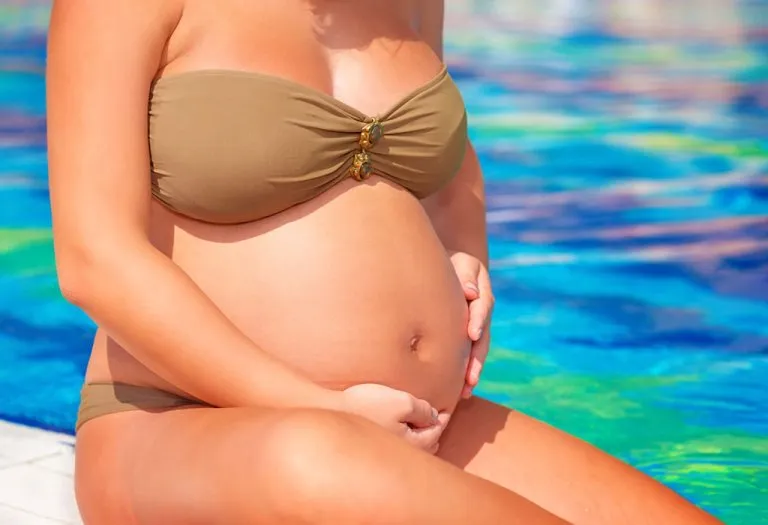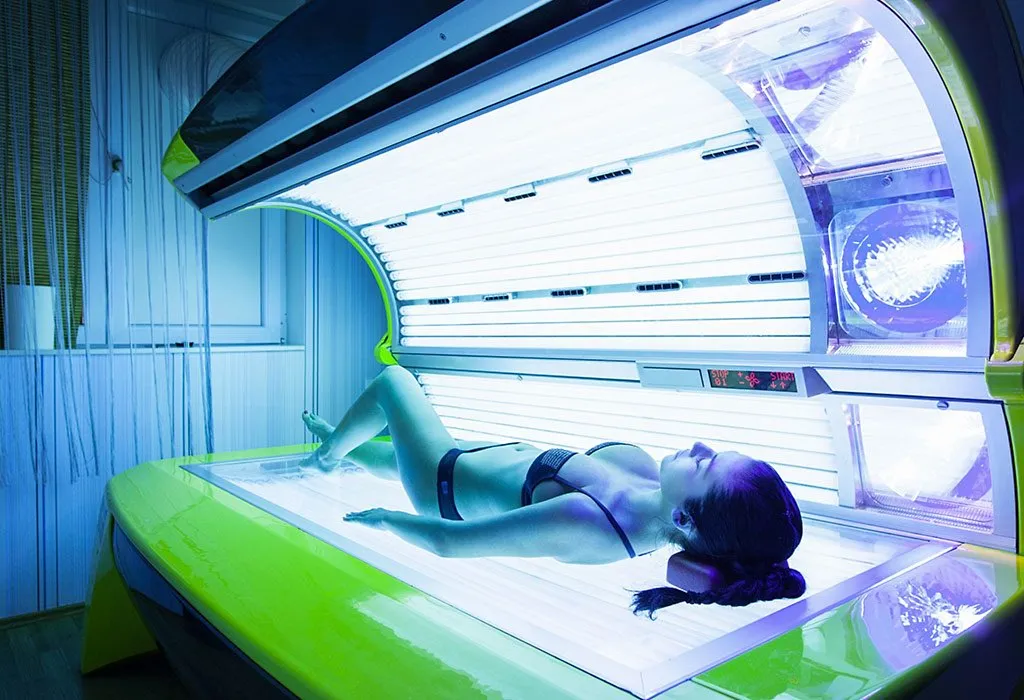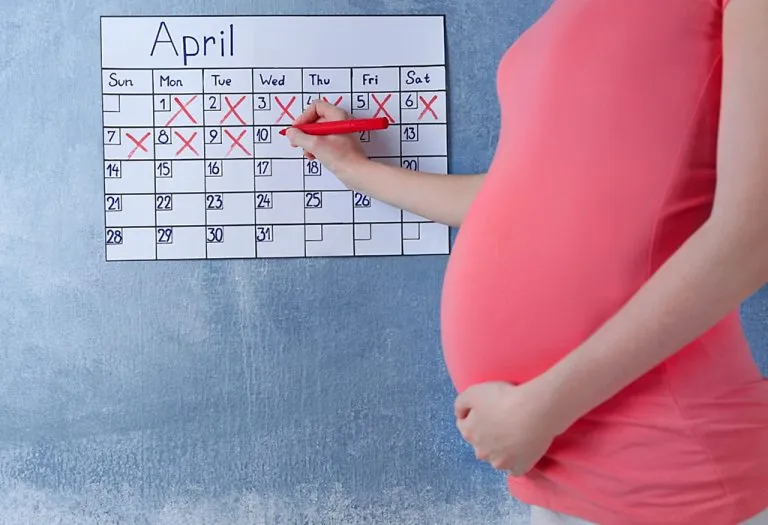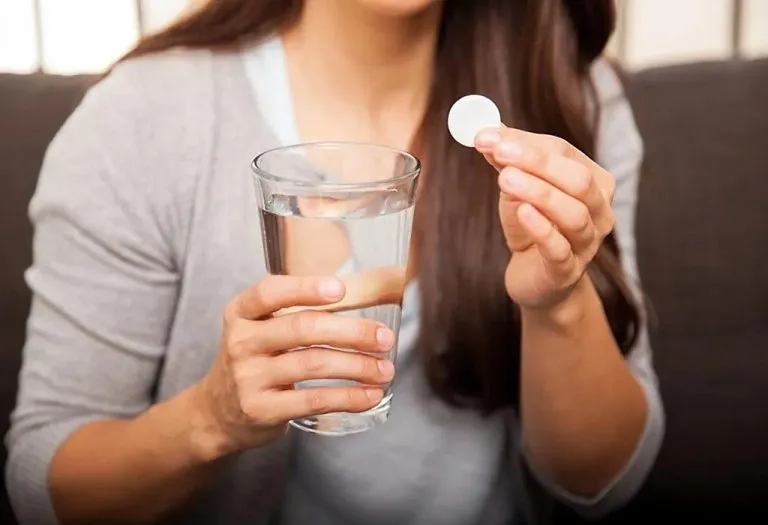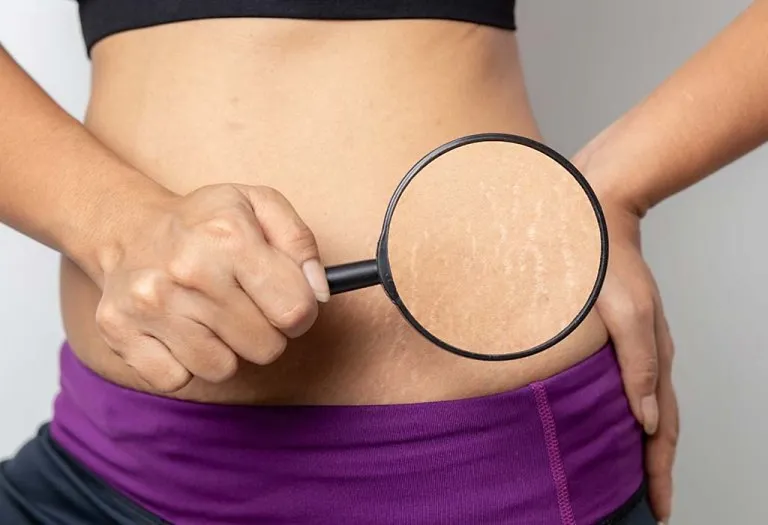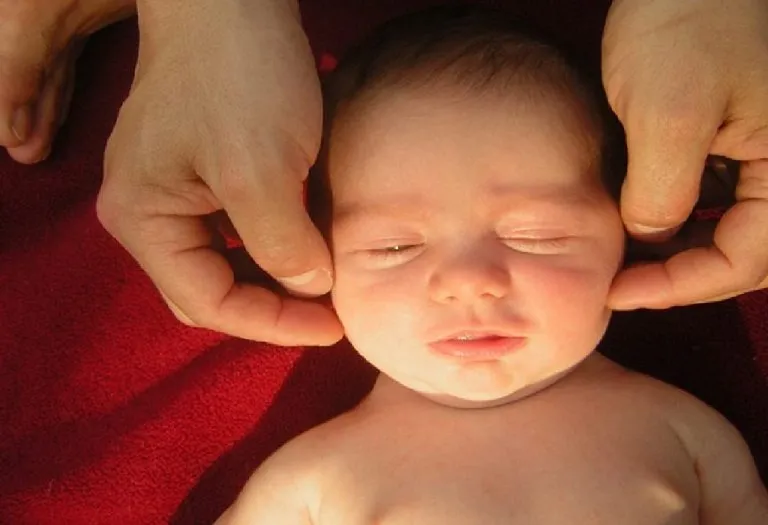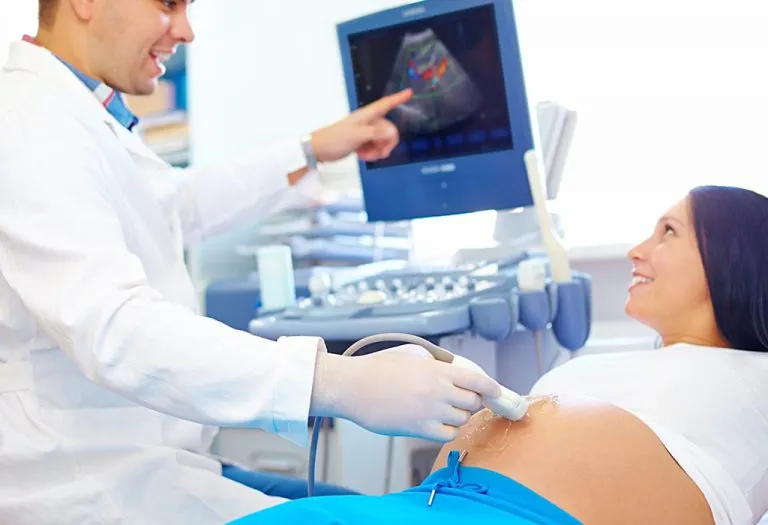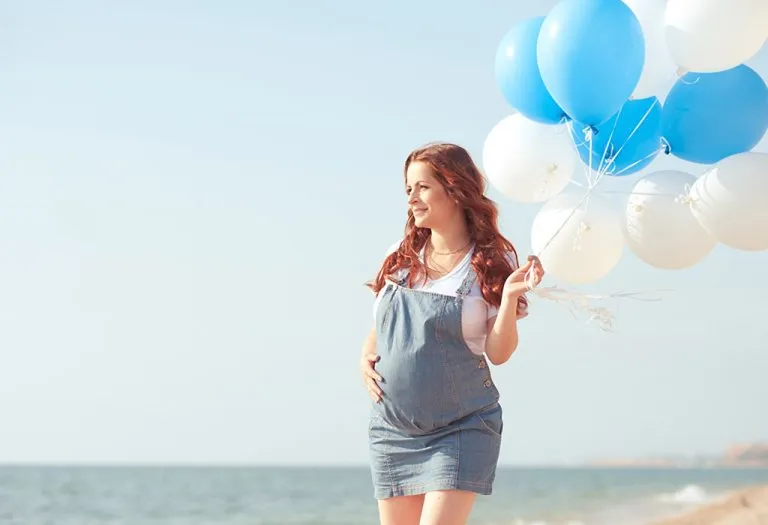Tanning During Pregnancy: Is It Safe, Risks & Precautions
If you are a woman with a very fair complexion, tanning brings a wonderful, dusky shade to the skin. This has always helped you feel confident in your body and pair your clothes really well, too. Whether it’s a sun-kissed glow or a perfect tan, it can give you that extra boost of confidence. But once you’re pregnant, anything that you do to your body can affect the baby in one way or the other. Does tanning fall under the same category too? While it’s a great way to enhance your skin tone, tanning during pregnancy raises some concerns. Changes in your body’s sensitivity to the sun can make it more challenging to tan safely. Let’s explore whether or not tanning is safe during this delicate time and the potential risks involved. Let’s find out.
Can You Tan During Pregnancy?
Are there safety concerns of tanning while pregnant? In matters of harming the baby, there is yet to exist any conclusive evidence that can either prove its safety or harm. Tanning under the sun does expose your body to UV rays. When opting for tanning beds, although the radiation might be the same, its concentration is higher than the sun.
It is a known fact that high exposure to UV radiation can lead to skin cancer or even harm the skin, causing it to start ageing prematurely. Studies have shown that using tanning beds before you turn 35 raises the chances of contracting melanoma by quite a large degree. The process of tanning is actually the body’s defence mechanism to protect itself from harmful rays which can break down your DNA structure.
Risks of Tanning in Pregnancy
Since most tanning procedures revolve around using UV radiation, it is necessary to understand the effect of that radiation on the human body.
Apart from breaking down the DNA, UV rays are also responsible for degrading folic acid that is present in the body. This leaves very less folic acid for the baby to synthesize since it is extremely essential in the nervous system development of the foetus. This affects a lot especially during the first trimester and the initial phases of the second. Brain development is at its peak and folic acid demand is at a high.
In the early stages of the pregnancy, which is barely within a month or two following conception, the foetal formation is at its most vulnerable and, hence, at a higher risk. Exposure to UV radiation beyond normal levels can lead to multiple sclerosis, which can harm your baby intensely.
Different Tanning Options Available
There are several ways to tan. Some of the common ones are,
1. Tanning Bed
Using a tanning bed while pregnant might be your first course of action. Lying down in the bed for the stipulated time might feel harmless since the tanning bed pretty much replicates what the sun does to your body. But that itself could be what causes the most harm.
How Safe Is It?
Using tanning bed frequently has been directly linked with doubling the chances of causing skin cancer in people. This not only affects the mother but has harmful effects on the baby, too.
Even beyond the UV rays, another condition that takes place inside a tanning bed is the increase in temperature. When temperatures start rising about 39 degrees, they start to affect the womb and reaching your baby, which could adversely affect its development. This effect is applicable when opting for saunas too.
Since the skin undergoes a lot of changes during pregnancy, exposing it to UV radiation accelerates the ageing signs leading to skin damage.
2. Bottle Tanning
Yet another tanning technique that is similar to applying a coat of paint on your body. There are a variety of products available in the market, which is quite affordable, can be used easily and give really good results.
How Safe Is It?
For pregnant women, this is probably one of the safest tanning options they can opt for. They are free of risks that come with exposing your body to UV radiation in a tanning bed. However, it is best to choose only those products that have been tested and verified to be safe for use. The sensitivity of the skin is at an all-time high during pregnancy, and the slightest imbalance can trigger a reaction or an allergy.
3. Beach Tanning
Sun tanning during pregnancy by lying on the beach or on your terrace is the most natural way to get a tan. Letting nature do her thing might seem like the safest option, but things are not how they seem to be here.
How Safe Is It?
Any risks that come with the use of tanning beds apply to get a tan under the sun as well. Exposure to UV radiation is a potent factor, especially when the skin is sensitive to any extreme conditions. Staying out in the sun for too long can cause rashes and hives to occur on the body as well. It is best to pair short sun times with drinking a lot of water, using a strong sunscreen, and covering your face with a hat. It is best to have some shade or a cool area nearby so that you can let your body take a break in between.
4. Self Tanning Lotions and Creams
There are tanning lotions and creams that make no use of the skin and, hence, prevent damage to skin tissue. These usually contain DHA or dihydroxyacetone. It usually reacts with the dead skin cells present on the skin, which lead to the darkening of the outer area and resemble a tan. DHA is not harmful since it is obtained from various plants such as sugarcane or beetroots.
How Safe Is It?
Safe self-tanners while pregnant are usually these ones since even the lotions and creams allow only 0.5% of the DHA present in them to be absorbed by the skin. Even if this gets absorbed to an extent where it ends up reaching the placenta, it does not harm the baby at all. These self-tanners are present in the form of sprays as well. But sprays can end up being inhaled accidentally, or go in the mouth or eyes, which can truly be quite harmful. Therefore, spray tans should be avoided whenever possible.
5. Tanning Pills and Injections
Use of certain chemicals or medicines embedded in pills or injections can also be opted for obtaining a tan. But these are definitely not a safe option for pregnant women.
How Safe Is It?
In the case of tanning pills, these are usually manufactured by mixing high levels of colour based chemicals called carotenoids or even canthaxanthin. These are known to affect the baby directly and cause harm that could be fatal, too.
Tanning injections are also known as Melanotan, which can be found in tanning salons. There is no conclusive research or study that makes these injections safe to use. Therefore, it is better to err on the side of caution than to risk a reaction or harm to your baby by using these injections.
Precautions to Take
- Use DHA based creams but try them on a small part of the skin initially to test for allergies. In pregnancy, the skin is more susceptible to external reactions and this needs to be avoided.
- Opt for lotions and creams over spray tan when pregnant.
Safe Alternatives
- Fake tan products that contain DHA are the best bet. These do not contain toxic chemicals and are free from most harmful effects. The tan from these lotions only penetrates the upper layer of the skin.
- If the smell starts making you uncomfortable, try fragrance-free options.
FAQs
1. Does pregnancy increase the risk of sunburn while tanning?
Yes, pregnancy can cause changes in your skin’s sensitivity to sunlight. Hormonal changes may increase the risk of sunburn, making it important to use sun protection if you decide to tan during pregnancy.
2. Can tanning while pregnant cause hormonal imbalances?
Hormonal fluctuations during pregnancy can make your skin more sensitive to UV exposure. Excessive tanning might potentially exacerbate these imbalances, which could affect your skin’s appearance and overall pregnancy health.
3. Is there a connection between tanning and stretch marks during pregnancy?
Although not widely discussed, excessive tanning can potentially make stretch marks more noticeable. UV rays can damage the skin’s elasticity, which could worsen the appearance of stretch marks as your body changes during pregnancy.
This was all about tanning and pregnancy. Going for a tan might have a relaxing effect on your body or make you feel emotionally calm. But during pregnancy, keeping the baby safe should be the primary priority. If safe alternatives are not available, it is best to delay the tan until the delivery has completed so that your baby is healthy and you can then get back your dusky glow.
References/Resources:
1. Pregnancy and Tanning; American Pregnancy Association; https://americanpregnancy.org/healthy-pregnancy/is-it-safe/tanning-during-pregnancy/
2. Tanning & Your Skin; Skin Cancer Foundation; https://www.skincancer.org/risk-factors/tanning/
3. Williams. P, Fletcher. S; Health Effects of Prenatal Radiation Exposure; American Family Physician; https://www.aafp.org/pubs/afp/issues/2010/0901/p488.html
4. Bozzo. P, Chua-Gocheco. A, Einarson. A; Safety of skin care products during pregnancy (Canadian Family Physician); National Library of Medicine; https://pmc.ncbi.nlm.nih.gov/articles/PMC3114665/; June 2011
5. 10 surprising facts about indoor tanning; American Academy of Dermatology Association; https://www.aad.org/public/diseases/skin-cancer/surprising-facts-about-indoor-tanning
6. The Risks of Tanning; U.S. Food & Drug Administration; https://www.fda.gov/radiation-emitting-products/tanning/risks-tanning
Also Read:
Taking Bath in Pregnancy
Melasma while Pregnant
Skin Care for Pregnant Women
Sun Exposure during Pregnancy
Was This Article Helpful?
Parenting is a huge responsibility, for you as a caregiver, but also for us as a parenting content platform. We understand that and take our responsibility of creating credible content seriously. FirstCry Parenting articles are written and published only after extensive research using factually sound references to deliver quality content that is accurate, validated by experts, and completely reliable. To understand how we go about creating content that is credible, read our editorial policy here.





